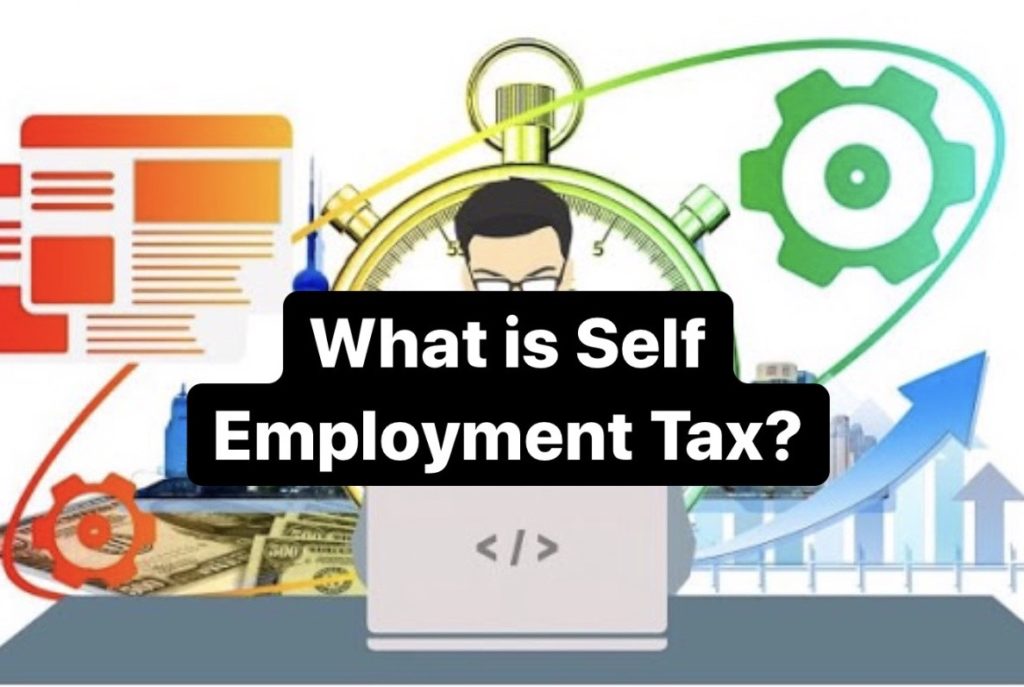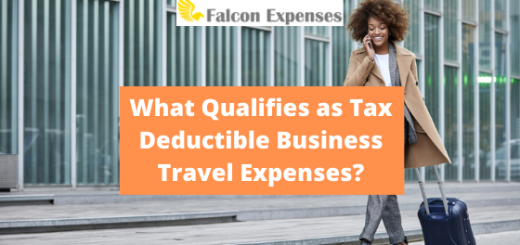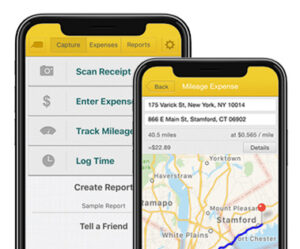Taxes for Self-Employed. What is Self Employment Tax?
Table of Contents
Wondering about taxes for self-employed and what is self employment tax? Read this complete guide about taxes for self employed, how to pay it, what tax forms to use and more.

Self-employment is liberating. However, taxes for self-employed contractors, and self-employed individuals are a bit different from the income taxes of a regular W2 employee. Also, self-employed, sole proprietors and independent contractors are responsible for paying a specific tax known as self-employment tax. Now you’re probably wondering, what is self-employment tax?
In this article, we discuss self-employment tax, taxes for self-employed, what it is, how to calculate it, and how to pay it. We also give you tips on how to reduce the amount of self-employment tax you pay.
Am I self employed?
First, determine if you’re self-employed. Self-employed taxpayers are not on the payroll of a company. Some indicators you’re on the payroll of another company is you receive regular paychecks as part of your salary followed by a W2 form at the end of the year. One of the tax forms employers give self-employed workers at the end of the year is a 1099-MISC or 1099-NEC. Words used to describe self-employed individuals are: independent contractor, sole proprietor, gig worker, and freelancer.
What is self employment tax?
You pay self-employment tax if you’re self-employed. Self-employment tax is a tax you pay in addition to your income tax. Self-employment tax is also known as the ‘SECA’ tax. The acronym comes from, Self-Employed Contributions Act.
Please note, when you’re self-employed you pay two types of tax:
- Self-employment tax
- Income tax
In this article we explain what is self-employment tax. We also explain how to do your taxes if you’re self employed. So, keep reading.
Self Employment Contribution Action (SECA 1954)
The Self-Employment Contribution Act (SECA) of 1954 is a tax law that requires small business owners to pay a tax of 15.3 percent of their self-employment income that is different than income tax. This tax is to cover Social Security and Medicare. Social Security includes Old Age, Survivors, and Disability Insurance (OASDI)).
When you’re an employee of a company you only pay half of the amount for your Social Security, Medicare, Old Age Survivors, and Disability Insurance (OASDI). Your employer pays the other half by automatically taking it from your paycheck. Whereas, you pay 100 percent of these taxes from your earnings when you’re a self-employed taxpayer. This means that the SECA requires self-employed to pay both the employer and employee portions of the Federal Insurance Contributions Act (FICA) tax. Therefore, when we mention self-employment tax we are talking about only Social Security and Medicare taxes, not income taxes.
What is FICA taxes for self employed?
FICA is an acronym that stands for Federal Insurance Contributions Act. FICA tax is the contributions you make to Social Security and Medicare. Therefore, when we say FICA it means the same thing as saying Social Security and Medicare.
What is the self-employment tax rate? What is the self-employment tax percentage?
The biggest question you probably have is, what is the self-employment tax rate? The self-employment tax rate is 15.3 percent of a self-employed individual’s income. Please note that this is not your income tax rate, that this rate is only the tax rate for the percentage of your income that you pay for self-employment tax only (i.e. for Medicare and Social Security). Check out this article for more details about what is the self-employment tax rate, and how to calculate your self-employment tax, What is the self-employment tax rate?
How do I lower my taxes for self employed?
There are a few ways we recommend you to lower your taxes for self-employed. While we can’t control what percentage is tax for self employed, we can help you maximize your self employment tax write-offs.
First, if you’re self-employed you can create a single-member LLC, which is a proper, legal business entity in the United States. An LLC gives you more flexibility in your tax options, some of which can result in paying less overall taxes. There are many benefits to a single-member LLC. Often, self-employed individuals, such as sole proprietors, independent contractors, etc., feel that starting an LLC is complicated and expensive. However, did you know that the minimum cost to maintain an LLC in Wyoming is only $40. In addition, the cost to form a Wyoming LLC is only $100. Further, the benefits of a Wyoming single-member LLC go beyond the cost.
The second way to reduce your taxes when you’re self-employed is to maximize your tax deductions. The best way to maximize your tax deductions is to find a simple and easy way to log and track your self-employed tax write-offs. The best way to do that is with an expense tracker app. An expense tracker app like Falcon Expenses allows you to enter your tax-deductible expenses on the go. Snap pictures of paper receipts and store them in Falcon so that you never lose a receipt again.
How to pay taxes for self-employed (How do I pay self employment tax)?
Preparing taxes for self employed is simple.
There are forms to file and pay self-employment taxes. Please note that when you’re self-employed you pay self-employment tax, and income tax, and the two forms provided below to pay taxes for self employed include both of these taxes.
- On Form 1040, for self-employed, and sole proprietorships you attach a Schedule C
These forms are filled at the end of the year. - On a Form 1040 ES, also known as a Schedule SE
Most self-employed individuals need to pay quarterly estimated tax payments throughout the year. This means that each quarter, four times a year, you need to file these two form to pay your taxes.
Form 1040 ES / Schedule C is for making estimated tax payments throughout the year. Estimated tax payments are made four times a year. Self-employed individuals are expected to make quarterly, estimated tax payments. To learn more check out this article, What are Estimated Tax Payments and How do You Make Them?
IRS Form 1040 is for paying your taxes at the end of the year. On this form, you include your 1099-MISC (for 2020, 1099-NEC) income. Attach a Schedule C to your Form 1040 if you earned income as a self employed individual, a sole proprietor, an independent contractor, or freelancer. Read the following article for more information on the IRS Schedule C form, What is an IRS Schedule C Form (and What You Need to Know About it).
Conclusion
There are many perks to being self-employed. So don’t get discouraged by self-employment tax. We hope that this article added some clarity.
About Falcon Expenses
Falcon Expenses is a top-rated mobile application for self-employed and small businesses to track expenses and tax deductions. Falcon customers record $6,600, on average, in annual tax deductions. Get started, now. The longer you wait, the more tax deductions you miss.
Automatically track mileage expenses and expenses, keep an odometer log, receipt vault and log billable hours. Quickly organize expenses by time period, project, or client. Easily prepare reports to email to anyone in PDF or spreadsheet formats, all from your phone. Use for keeping track of tax deductions, reimbursements, taxes, record keeping, and more. Falcon Expenses is great for self-employed, freelancers, realtors, business travelers, truckers, and more.
Was this article helpful?
We are a team of writers and contributors with a passion for creating valuable content for small business owners, self-employed, entrepreneurs, and more.
Feel free to reach out to use as support@falconexpenses.com




